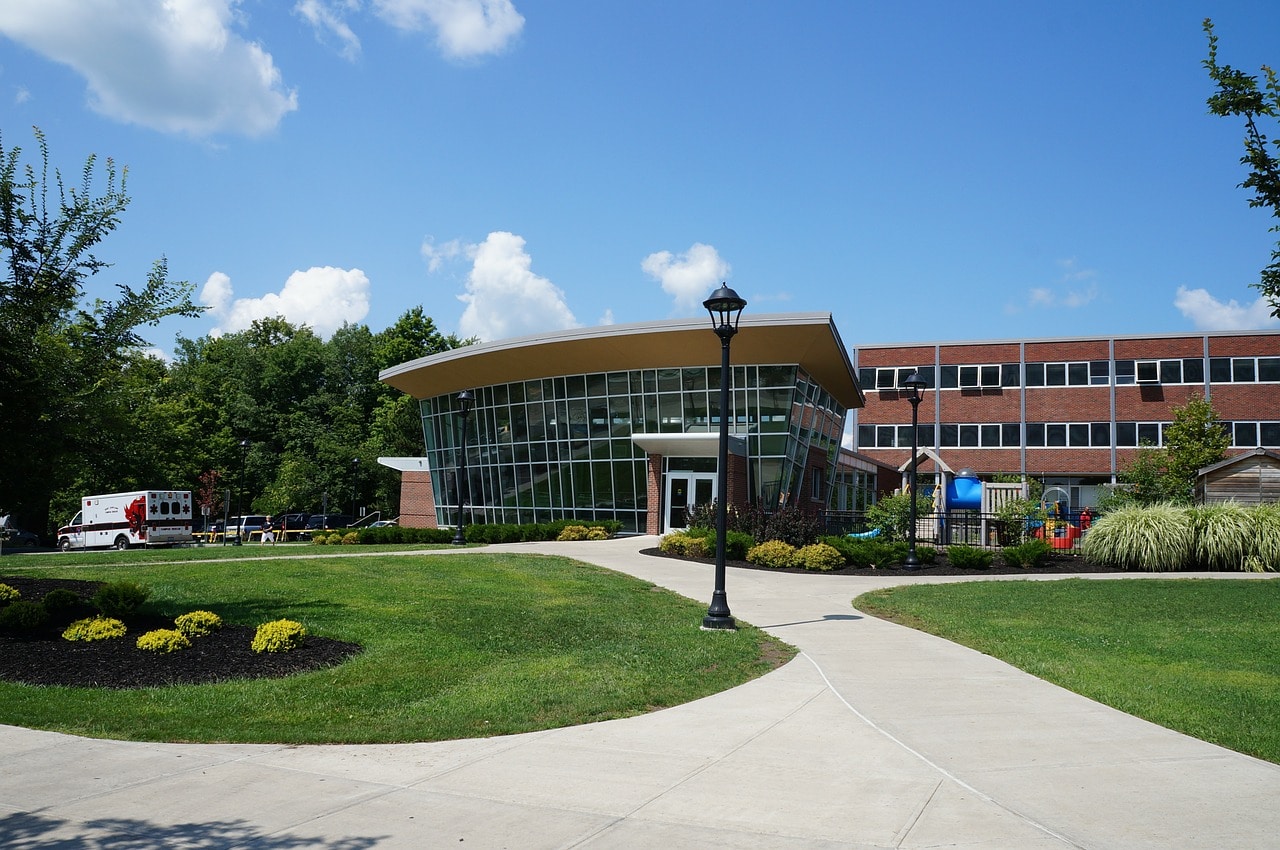There were more than 15 school shootings in which at least one individual was either hurt or killed between January and May of 2019 in the United States. Gun violence continues to be a major concern in schools around the country.
Although it’s a complicated problem that requires thoughtful considerations and solutions, physical security should be part of any school protection plan. That includes bullet proof glass and other bullet resistant security products. Here’s what you should know about these products and how they can help you improve school security.
Products That Enhance School Security
In order to protect students, teachers, and guests, it’s beneficial to add bullet resistant products throughout school buildings. There are bullet resistant windows, doors, and framing systems that can be used to improve exterior security, as well as those that can create safe areas within the interior of a building. In addition to doors, windows, and glass products, there are also bullet resistant panels and framing systems that provide ballistic protection even in the area around those entry points, so intruders cannot simply get around those roadblocks.
There are also entryway systems, transaction windows, and other products that can be used to improve security in offices or areas where guests need to check in before actually entering the building. In many cases, even the presence of these systems can deter violent offenders before they act, allowing schools to avoid these issues in the first place. And of course, if they do occur, these systems can provide physical protection that lessens the impact.
Bullet Resistant Glazing Material – Capabilities
It’s important to note that no product is truly bullet proof. Every material will eventually become compromised in some way when struck with enough ballistic force over time. However, bullet resistant materials will hold up to some ballistic impact, which can help you minimize harm and damage and give first responders more time to get the situation under control.
These products can provide exterior and interior protection to make schools safer. Doors and windows can stop intruders from gaining access in the first place. But they can also help schools essentially create interior safe rooms. So if an offender is able to gain entry, the school can enact a lockdown procedure where the classrooms or certain designated areas that a shooter isn’t able to access through force. Certain entryway systems can also be used for creating security procedures so staff members can stay safe while interacting with new visitors and ensuring that everyone entering the premises is authorized to be there.
How Do Bullet Proof Windows and Doors Work?
So how do these materials work? Bullet resistant doors, windows, and other security products use a protective glazing system. Basically, they consist of multiple layers of material that are all fused together. So when a bullet or flying object strikes the surface, the force is spread out throughout all of that material, and not just concentrated on one spot where it can easily cause cracks and shattering.
In addition, bullet resistant glass combines rigid materials with those that are somewhat pliable. This flexibility prevents major breakages and stops the projectile while also not allowing any spall or dangerous shards of glass to enter the safe area.
There are different levels of protection available, outlined in UL 752 testing standards. Those that offer higher levels of protection normally have more layers and interlayers in order to meet those testing standards. For example, products that provide lower levels of ballistic protection often have about a 1” depth, but those that meet the highest level of ballistic protection usually exceed 2” thick. That extra material is designed to absorb more energy from impact from a large round, while fully stopping the bullet and creating no spall. However, even the products that meet those lower levels provide full protection from the specific ballistic rounds they’re tested on.
What Is Bulletproof Glass Made Of?
Bullet resistant glass products are usually not made entirely out of actual glass, though some can include glass-clad surfaces. The most popular materials used include acrylic, polycarbonate, and glass. Many products use a combination of these materials, since they all provide different benefits and qualities.
Acrylic is known for being lightweight and incredibly clear. It is usually only used in products that provide low levels of ballistic protection. Polycarbonate is a pliable material that can include many different layers. It can even physically catch a bullet within the material and prevents all shattering and spall. Glass is often added to products to add clarity and visual appeal. Upon impact, glass used in these products can break apart, but it won’t actually shatter if it’s held together with laminating materials.
Building Security Doesn’t Have to Cost A Fortune
Most schools have tight budgets to work with. So many decision makers simply assume that bullet proof glass installation is out of reach. However, these products can be customized to your needs and budgetary concerns. Even if you’re not able to replace every window with a bulletproof window and every door with a bulletproof door, certain upgrades can help you improve safety conditions significantly.
If you’re interested in improving school security with bullet resistant systems, contact Insulgard today. We offer a wide array of security products designed to provide protection from ballistic impact, forced entry, extreme weather, and other threats. Our BulletBlock line of products is tested to stand up to a wide array of ballistic threats and meet the most rigorous testing standards, including UL 752 and ICC 500 standards. We also offer customizable solutions that are made to fit into your existing building structure and fit with your organizational budget, providing a unique solution in bullet proof glass for schools.


